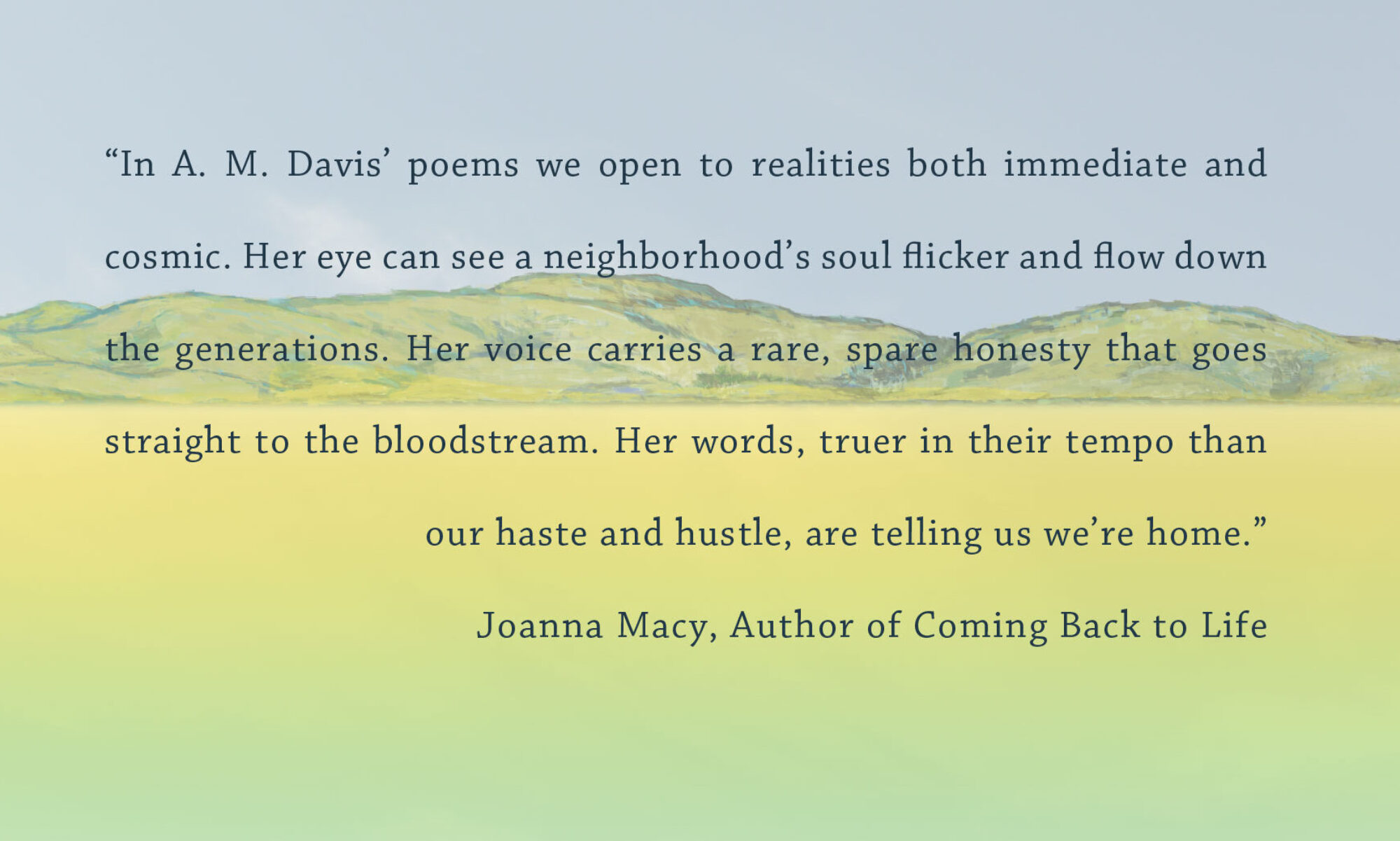The Founding
There is no way, from my point of view, to ascribe benevolence to owning another human as chattel, unless whoever uses that descriptive suffers from psychosis.
Thomas Jefferson’s mansion stands atop his mountain like the Platonic ideal of a house: a perfect creation existing in an ethereal realm, literally above the clouds. To reach Monticello, you must ascend what a visitor called “this steep, savage hill,” through a thick forest and swirls of mist that recede at the summit, as if by command of the master of the mountain. “If it had not been called Monticello,” said one visitor, “I would call it Olympus, and Jove its occupant.” The house that presents itself at the summit seems to contain some kind of secret wisdom encoded in its form. Seeing Monticello is like reading an old American Revolutionary manifesto—the emotions still rise. This is the architecture of the New World, brought forth by its guiding spirit.
In designing the mansion, Jefferson followed a precept laid down two centuries earlier by Palladio: “We must contrive a building in such a manner that the finest and most noble parts of it be the most exposed to public view, and the less agreeable disposed in by places, and removed from sight as much as possible.”
The mansion sits atop a long tunnel through which slaves, unseen, hurried back and forth carrying platters of food, fresh tableware, ice, beer, wine and linens, while above them 20, 30 or 40 guests sat listening to Jefferson’s dinner-table conversation. At one end of the tunnel lay the icehouse, at the other the kitchen, a hive of ceaseless activity where the enslaved cooks and their helpers produced one course after another.
During dinner Jefferson would open a panel in the side of the fireplace, insert an empty wine bottle and seconds later pull out a full bottle. We can imagine that he would delay explaining how this magic took place until an astonished guest put the question to him. The panel concealed a narrow dumbwaiter that descended to the basement. When Jefferson put an empty bottle in the compartment, a slave waiting in the basement pulled the dumbwaiter down, removed the empty, inserted a fresh bottle and sent it up to the master in a matter of seconds. Similarly, platters of hot food magically appeared on a revolving door fitted with shelves, and the used plates disappeared from sight on the same contrivance. Guests could not see or hear any of the activity, nor the links between the visible world and the invisible that magically produced Jefferson’s abundance. Read the entire article
Smithsonian Magazine
Tulsa
The Tulsa race massacre (also called the Tulsa race riot, the Greenwood Massacre, or the Black Wall Street Massacre) of 1921 took place on May 31 and June 1, 1921, when mobs of white residents attacked black residents and businesses of the Greenwood District in Tulsa, Oklahoma.[1] It has been called “the single worst incident of racial violence in American history.”[15] The attack, carried out on the ground and from private aircraft, destroyed more than 35 square blocks of the district—at that time the wealthiest black community in the United States, known as “Black Wall Street”.
Rosewood
Before the massacre, the town of Rosewood had been a quiet, primarily black, self-sufficient whistle stop on the Seaboard Air Line Railway. Trouble began when white men from several nearby towns lynched a black Rosewood resident because of accusations that a white woman in nearby Sumner had been assaulted by a black drifter. A mob of several hundred whites combed the countryside hunting for black people and burned almost every structure in Rosewood. Survivors from the town hid for several days in nearby swamps until they were evacuated by train and car to larger towns. No arrests were made for what happened in Rosewood. The town was abandoned by its former black and white residents; none ever moved back, they were never compensated for their land and the town ceased to exist.
